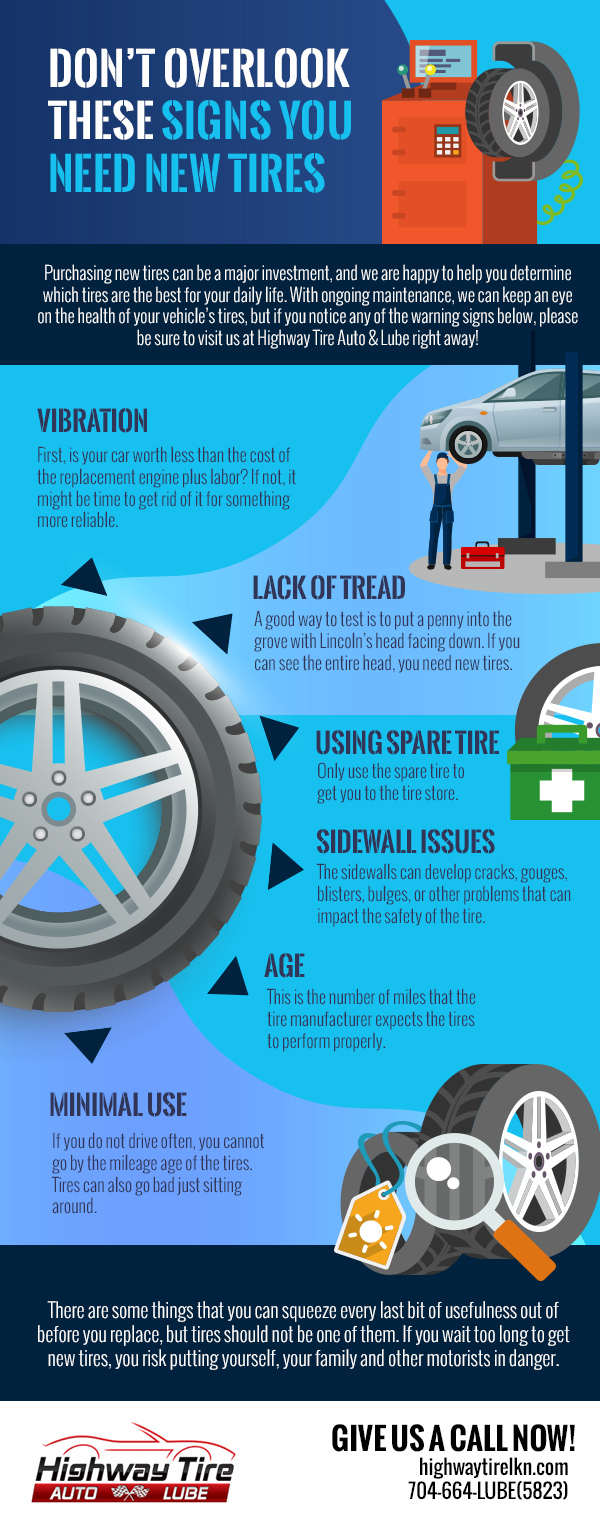How to Get New Tires
To get new tires, visit a reputable tire shop or online retailer and choose the right size and type for your vehicle. Properly maintained tires are crucial for vehicle safety and performance.
When it’s time to replace your old tires, there are several key steps you can take to ensure you get the best new ones for your car. From understanding the correct tire size and type for your vehicle to considering your driving habits and budget, navigating the process can seem overwhelming.
However, with the right information and guidance, you can make an informed decision that will keep your vehicle running smoothly on the road. Let’s explore the essential factors to consider when getting new tires for your car to ensure your safety and driving comfort.

Credit: www.hogantire.com
Researching Your Options
When it’s time to get new tires, researching your options is crucial. Find the perfect fit for your vehicle by considering factors like size, tread pattern, and brand reputation. Trustworthy sources and customer reviews can help you make an informed decision.
Researching Your Options Before purchasing new tires, it’s essential to conduct thorough research to ensure you make an informed decision. By exploring various aspects such as your vehicle’s requirements, tire types, and customer reviews, you can find the perfect fit for your vehicle.Check Your Vehicle’s Requirements
When selecting new tires, start by checking your vehicle’s manufacturer specifications for recommended tire size, load capacity, and speed rating. This information is usually located in the owner’s manual or on a sticker inside the driver’s side door jamb. Adhering to these requirements is crucial for maintaining optimal performance, safety, and fuel efficiency.Consider Different Types Of Tires
Different driving conditions call for specific tire types, such as all-season, winter, or performance tires. All-season tires are versatile and ideal for varying weather conditions. Winter tires, on the other hand, provide enhanced traction in snow and ice. Performance tires prioritize grip and responsiveness, suitable for spirited driving. Consider your typical driving environment and needs when choosing the most suitable tire type.Read Customer Reviews
Browsing customer reviews provides valuable insights into real-world performance and durability. Look for patterns in feedback regarding tread life, handling, and overall satisfaction. Customer experiences can offer valuable guidance when making your final decision. By taking the time to research these aspects, you can ensure that the new tires you choose are the best match for your vehicle.
Credit: highwaytirelkn.com
Finding A Reliable Tire Retailer
When it comes to finding a reliable tire retailer, it’s crucial to consider several factors to ensure you’re getting the best value and quality for your vehicle. Here are some key points to keep in mind when searching for new tires:
Compare Prices And Services
Comparing prices and services from different tire retailers is essential to make an informed decision. Look for competitive pricing without compromising on the quality of the tires or services provided.
Look For Professional Recommendations
Professional recommendations from mechanics or tire experts can guide you in choosing a reputable tire retailer. Their knowledge and experience can help you find the right tires for your specific vehicle needs.
Check For Warranty And Return Policies
Checking the warranty and return policies of the tire retailer is important for peace of mind. Ensure you understand the terms and conditions for any potential issues or concerns that may arise after your purchase.
Choosing The Right Tires For Your Needs
Choosing the right tires for your needs involves considering factors such as the type of driving you do, the weather conditions in your area, and your budget. It’s important to get new tires that are suitable for your vehicle to ensure safety and performance on the road.
Consider Your Driving Habits
Understand your driving patterns.
Assess how far you drive daily.
Evaluate Weather Conditions
- Check the typical weather in your area.
- Consider all-season or specialized tires.
Balance Performance And Comfort
- Seek tires that enhance vehicle performance.
- Prioritize comfortable rides for daily use.
Scheduling Tire Replacement
When it comes to your safety on the road, _scheduling tire replacement_ is of utmost importance. It is crucial to inspect your current tires for wear, plan for seasonal changes, and consider professional installation.
Inspect Your Current Tires For Wear
Before _scheduling tire replacement_, inspect your current tires for signs of wear and tear. Look for uneven tread wear, cracks, or bulges. Ensure that the tread depth meets the legal requirements for safe driving. It’s essential to replace your tires if they show any of these signs to maintain optimal traction and performance on the road.
Plan For Seasonal Changes
Plan your _tire replacement_ according to seasonal changes. Winter tires are designed to provide better traction in snowy and icy conditions, while all-season tires are suitable for year-round driving. Ensure that your tire choice is appropriate based on the climate and road conditions you regularly encounter.
Consider Professional Installation
When _when comes to replacing your tires_, professional installation ensures that the tires are mounted correctly and balanced for optimal performance and safety. An experienced technician can also provide valuable advice on tire maintenance and care, extending the lifespan of your new tires.
Maintain And Extend Tire Lifespan
To prolong the lifespan of your tires, ensure regular maintenance by checking tire pressure and alignment. When getting new tires, opt for quality brands and rotate them regularly to extend their durability. Routine inspections and careful driving habits can significantly enhance the longevity of your tires.
Maintain and Extend Tire Lifespan One of the best ways to ensure the longevity of your tires is to properly maintain and take care of them. By monitoring tire pressure and tread depth, rotating your tires regularly, and avoiding road hazards and rough driving, you can significantly extend the lifespan of your tires. In this section, we will discuss each of these key practices in detail. Monitor Tire Pressure and Tread Depth Keeping a close eye on your tire pressure and tread depth is essential for maintaining optimal tire performance and safety. Underinflated or overinflated tires can lead to uneven wear and decreased fuel efficiency. The same applies to tires with worn-out treads, as they can compromise traction and increase the risk of accidents. Regularly check your tire pressure using a reliable pressure gauge, and ensure it matches the recommended PSI (pounds per square inch) specified by the tire manufacturer. Additionally, use a tread depth gauge to measure the depth of your tire treads. If the tread depth falls below the recommended level, it’s time to replace your tires. Rotate Tires Regularly Rotating your tires is another proactive step in extending their lifespan. Tire rotation involves moving each tire to a different position on your vehicle to promote even tire wear. By rotating your tires regularly, you can prevent premature wear on certain tires, such as those in the front or rear, which may experience more stress due to specific driving conditions. As a general rule, tire rotation should be performed every 5,000 to 8,000 miles, or based on the recommendations provided by your tire manufacturer. In doing so, you’ll ensure that your tires wear out evenly and maximize their longevity. Avoid Road Hazards and Rough Driving Road hazards and rough driving conditions can take a toll on your tires, causing damage and reducing their lifespan. It’s essential to be mindful of potholes, sharp objects, and other debris on the road, as they can lead to punctures or other tire injuries. Additionally, aggressive driving habits, such as hard braking, sudden acceleration, and sharp turns, can put excessive stress on your tires and cause them to wear out faster. To maintain your tires’ lifespan, practice defensive driving techniques, avoid road hazards when possible, and maintain a smooth and steady driving style. By following these practices to maintain and extend the lifespan of your tires, you’ll not only save money on frequent replacements but also ensure optimal performance and safety on the road. Remember to regularly monitor tire pressure and tread depth, rotate your tires as recommended, and drive defensively to avoid unnecessary wear and tear. Taking care of your tires is a crucial part of being a responsible and proactive vehicle owner.
Credit: tommyht.com
Frequently Asked Questions For How To Get New Tires
Do I Need To Replace All 4 Tires?
You may not need to replace all 4 tires unless they are worn unevenly or damaged. Assess based on tread depth and condition for safety and performance.
Can You Get Just One New Tire?
Yes, you can buy just one new tire. However, it is important to keep in mind the tread depth difference across your tires. Matching treads is critical for proper vehicle operation and safety.
Is Replacing A Tire Expensive?
Replacing a tire can vary in cost, but it’s important for safety. Expenses will depend on the type of tire and where you buy it. Factors like brand, size, and quality also influence the price.
Can I Just Get Two New Tires?
Yes, you can replace just two tires. However, it’s important to ensure that the two new tires are the same size and type as the existing tires on your vehicle for optimum performance and safety.
How Often Should I Replace My Tires?
It is recommended to replace your tires every 6 years or 60,000 miles, but always check for wear and tear regularly.
What Are The Signs That Indicate I Need New Tires?
Look out for low tread depth, balding or uneven wear, sidewall damage, or frequent punctures as signs for tire replacement.
What Type Of Tires Should I Choose For My Vehicle?
Consider factors like climate, driving conditions, and vehicle type to choose the right tires, such as all-season, winter, or performance tires.
Conclusion
Getting new tires is essential for safety and performance on the road. Choose the right tires based on your driving needs and budget, and prioritize quality and durability. Regular maintenance and timely replacement will prolong the lifespan of your tires and ensure a smooth driving experience.
Consult with professionals for expert advice.

